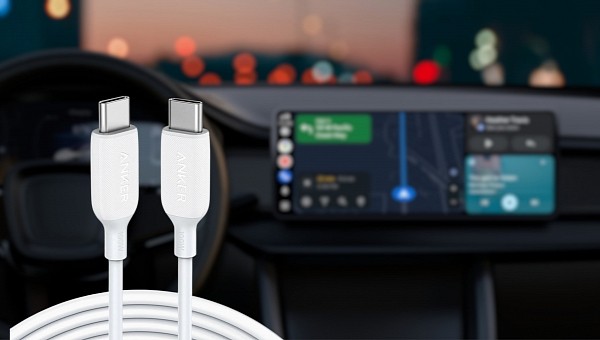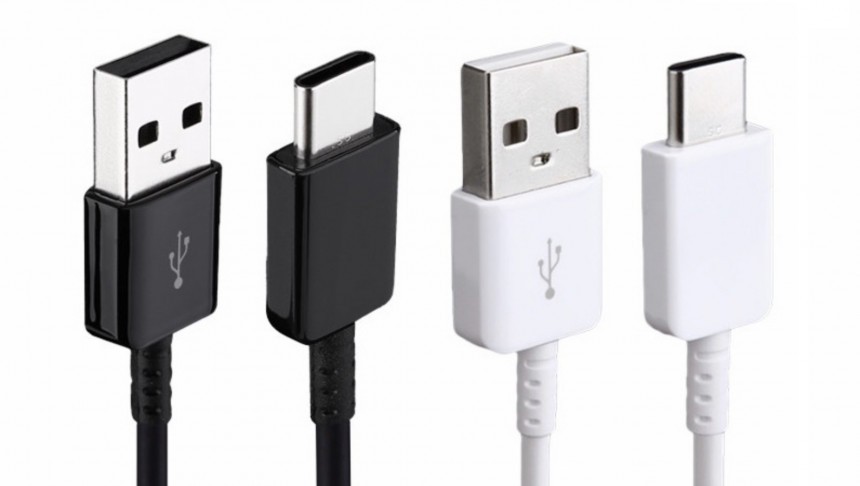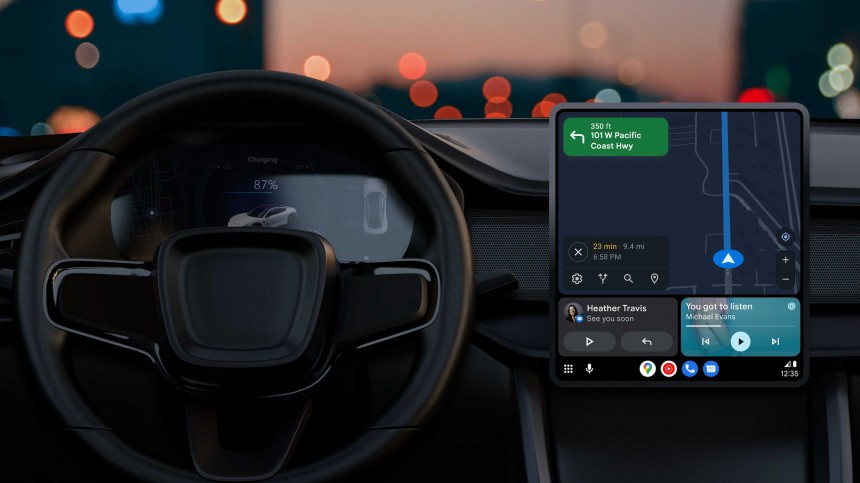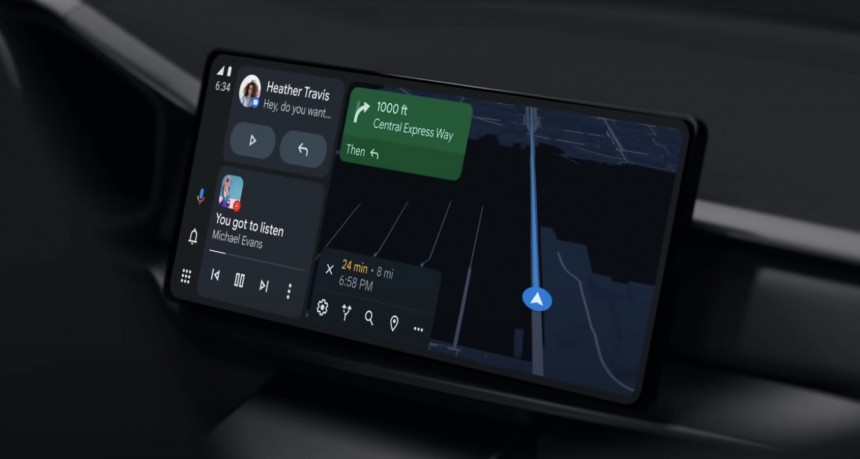Believe it or not, choosing a cable for Android Auto is insanely hard. You’d think that sticking with the genuine cable that shipped in the box with your phone would do the job, but this isn’t always the case.
As such, the USB cords users rely on when trying to run Android Auto eventually become the culprits of major connectivity issues, and more often than not, getting another cable is the only solution.
Google has managed to significantly improve the reliability of Android Auto in the last 12 months, at least from a connectivity perspective. On the other hand, not all cables guarantee a smooth experience in the car.
This is why I’ve put together a guide whose role is to help you choose the best cable for your mobile device, though it’s important to remember that no cord can provide a 100 percent flawless experience.
A quick search on the likes of AliExpress or eBay shows that with a few dollars, you can buy cables that are up to 5 meters (16 feet) long. While such cords could come in handy if you want to charge a PlayStation controller while sitting on the sofa and playing games, they are a terrible choice for Android Auto.
When you connect the mobile device to an Android Auto media receiver, try to use cables that are as short as possible. Google says the cable shouldn’t exceed 1 meter (that’s about 3 feet), so the shorter the cord, the better for Android Auto’s stability and reliability.
From my experience, the one problem that you’ll end up dealing with when using a cable extension is a random disconnect that’s triggered because of the connection between the cord and the extension itself.
This can happen when the cable moves, such as when you interact with the phone, or simply when you drive over a speed bump.
The older the cord, the bigger the chances for a very low speed, and this eventually leads to all kinds of other problems, including data transfer errors.
Google says the cable you want to use on Android Auto must be certified within the past two years. This way, you can be sure it meets the latest standard and, therefore, is a high-quality choice for Android Auto as well.
One thing that you need to know is to avoid using cables from other phone makers.
If you have a Google Pixel, switching to a Samsung cable could end up causing connectivity problems, and even Google itself tells users that it’s better to use a cord from the same manufacturer as the smartphone itself.
Samsung cables should fit a Samsung phone like a glove.
The main reason for this transition is the performance and speed improvements that USB-C produces, especially in the case of genuine cables.
In the last few months, I’ve seen way too many people turning to USB adapters just to use their old USB-A cables in a car with USB-C ports. Not only isn’t this recommended for the same reason that makes using a cable extender a big no-no, but USB-A should no longer be the preferred option when the newer and faster successor is available.
Most phones, including the Google Pixel and Samsung devices, ship with USB-C cables now, so if your car has such a port, it’s time to put it to good use.
Unfortunately, there’s no universal trick to help narrow down the search to flawless cables, as the one that works in one case could malfunction in others. The overall reliability involves multiple factors, including the head unit, the mobile device, and the port installed in the cabin, so at the end of the day, you might find yourselves trying out several cables before finding the one that just works.
I’ve previously put together a list of the most reliable cables for Android Auto, so you might want to check it out if the genuine cords are misbehaving in your car.
Google has managed to significantly improve the reliability of Android Auto in the last 12 months, at least from a connectivity perspective. On the other hand, not all cables guarantee a smooth experience in the car.
This is why I’ve put together a guide whose role is to help you choose the best cable for your mobile device, though it’s important to remember that no cord can provide a 100 percent flawless experience.
Use a short cable
Most cables that are included in the box with new phones are rather short, and this makes perfect sense, as nobody wants to charge their phones from across the room.A quick search on the likes of AliExpress or eBay shows that with a few dollars, you can buy cables that are up to 5 meters (16 feet) long. While such cords could come in handy if you want to charge a PlayStation controller while sitting on the sofa and playing games, they are a terrible choice for Android Auto.
When you connect the mobile device to an Android Auto media receiver, try to use cables that are as short as possible. Google says the cable shouldn’t exceed 1 meter (that’s about 3 feet), so the shorter the cord, the better for Android Auto’s stability and reliability.
Don’t use cable extensions
It goes without saying that you shouldn’t use any cable extensions either. Not only do most of them sport questionable quality, but they also make the cord longer, and this kind of contradicts the recommendation above.From my experience, the one problem that you’ll end up dealing with when using a cable extension is a random disconnect that’s triggered because of the connection between the cord and the extension itself.
This can happen when the cable moves, such as when you interact with the phone, or simply when you drive over a speed bump.
The newer, the better
This might sound like a no-brainer for tech-savvy users, but you shouldn’t use old cables with Android Auto.The older the cord, the bigger the chances for a very low speed, and this eventually leads to all kinds of other problems, including data transfer errors.
Google says the cable you want to use on Android Auto must be certified within the past two years. This way, you can be sure it meets the latest standard and, therefore, is a high-quality choice for Android Auto as well.
Stick with the cable in the box if possible
There are cases when even the cables that were shipped in the box by the manufacturer of your smartphone end up misbehaving, but even so, sticking with the genuine cords is good advice.One thing that you need to know is to avoid using cables from other phone makers.
If you have a Google Pixel, switching to a Samsung cable could end up causing connectivity problems, and even Google itself tells users that it’s better to use a cord from the same manufacturer as the smartphone itself.
Samsung cables should fit a Samsung phone like a glove.
USB-C all the way
New cars are now equipped with USB-C ports, as manufacturers are gradually leaving USB-A behind.The main reason for this transition is the performance and speed improvements that USB-C produces, especially in the case of genuine cables.
In the last few months, I’ve seen way too many people turning to USB adapters just to use their old USB-A cables in a car with USB-C ports. Not only isn’t this recommended for the same reason that makes using a cable extender a big no-no, but USB-A should no longer be the preferred option when the newer and faster successor is available.
Unfortunately, there’s no universal trick to help narrow down the search to flawless cables, as the one that works in one case could malfunction in others. The overall reliability involves multiple factors, including the head unit, the mobile device, and the port installed in the cabin, so at the end of the day, you might find yourselves trying out several cables before finding the one that just works.
I’ve previously put together a list of the most reliable cables for Android Auto, so you might want to check it out if the genuine cords are misbehaving in your car.












